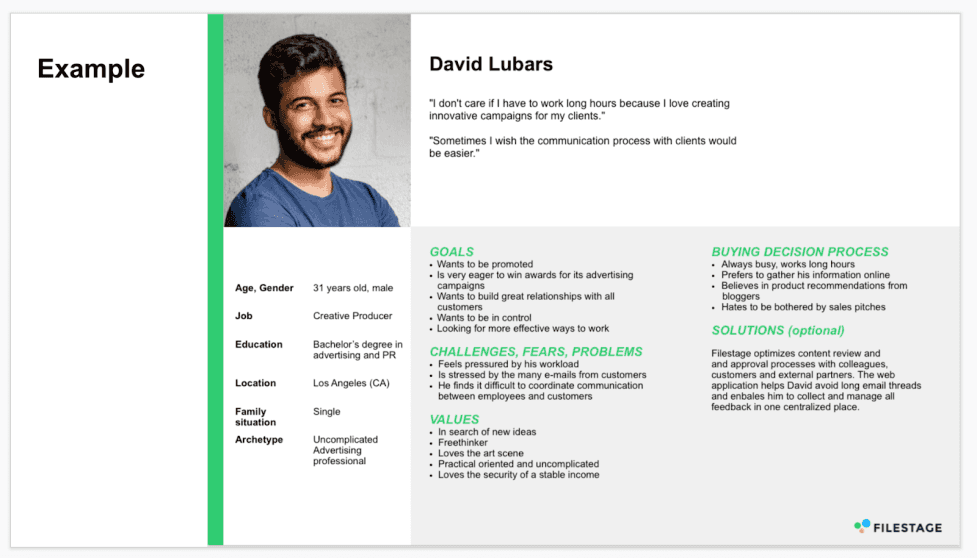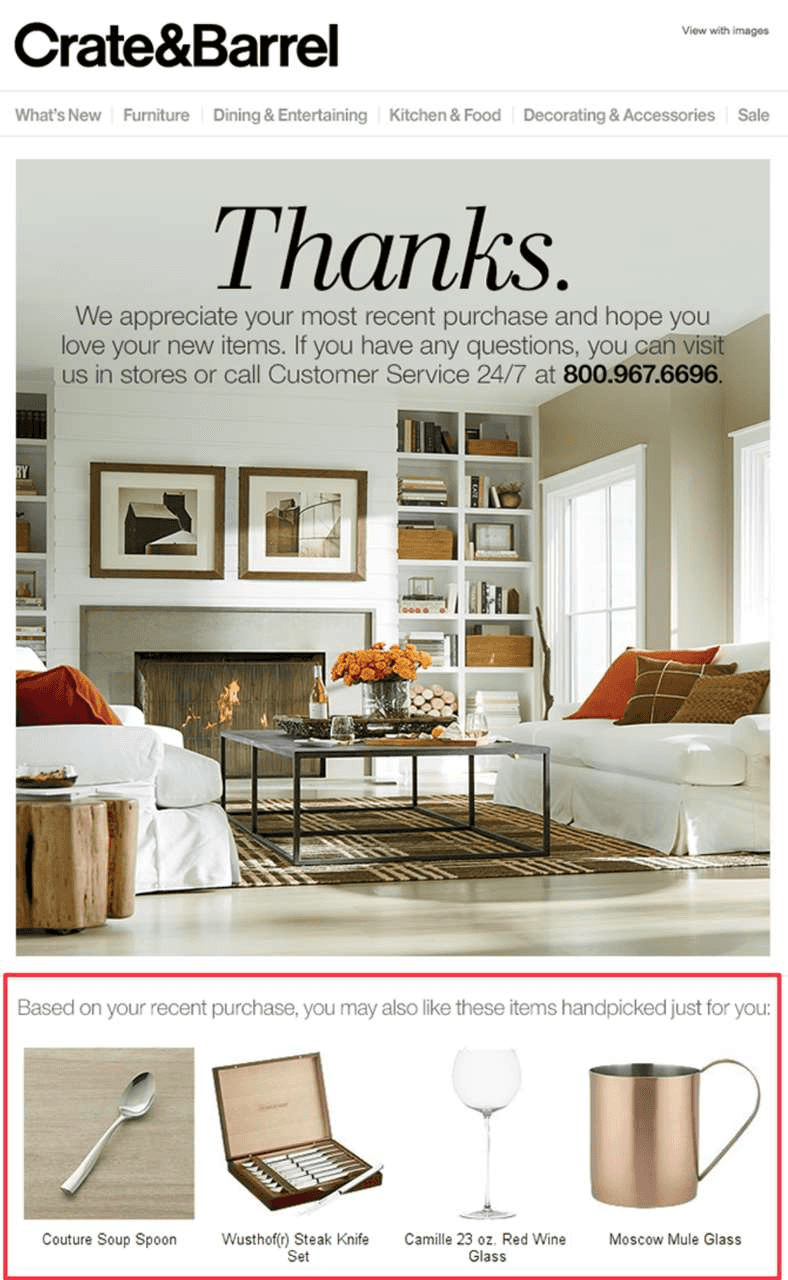

Tomasz Niezgoda
Tomasz is the Head Of Marketing at Surfer, a platform that merges content strategy, creation, and optimization into one smooth process.
In today's hyper-competitive market, businesses need a content strategy that goes beyond traditional marketing tactics. A customer-centric content strategy is critical to driving engagement and ultimately growing your business. The stats don’t lie. In general, customer-centric businesses are 60% more profitable than those that aren’t.
But what is customer-centric content? Customer-centric content, as the term implies, is content that takes into account customers. It addresses their needs and concerns before they have to ask. Because this is content that customers find valuable, customer-centric content can foster customer loyalty and create a community of like-minded people around the brand.
In this blog post, you’ll learn how to create customer-centric content and how to get the most out of it. Ultimately, these four tips will help propel your business to success. Let's dive in!
1. Understand your target audience
A customer-centric organization should understand its target audience. This is the first step to creating customer-centric content. You need to understand your potential customers’ demographics, interests, and pain points.
You can collate all this information through surveys and interviews. Analyzing customer data can also provide valuable insights into your audience's needs and preferences. What platforms do they spend the most time in? What social media accounts do they follow? You can even use social listening tools like Hootsuite, Insights, or Mention that help uncover trends among your audience.
Once you have all your data, create buyer personas. A buyer persona is a fictional representation of your target consumer. It looks something like this:

Your buyer persona is a very powerful tool. After all, you can use it as a guide when creating your customer-centric content. With this strategy, you can ensure your content always takes into account your audience’s unique values and needs.
2. Map customer journey
Mapping the customer journey is another vital component of a successful customer-centric strategy. When you create a visual representation of how your customer interacts with your brand, you can:
- Tailor content to their specific needs and preferences at different customer journey stages (awareness, consideration, decision, purchase). Around 66% of consumers expect brands to understand their unique needs.
- Engage your audience more effectively. The persona allows you to know what makes your audience tick, what content and format grab their attention, and which incentives are likely to make them act.
- Foster brand loyalty: Customers appreciate it when you understand their needs and preferences and adjust to them. Since you’re serving valuable content to them throughout their customer journey, they are more likely to remain loyal to your brand.
Maps represent customer experience as they go through the process of achieving a goal. A journey map shows their actions, thoughts, questions, and emotions at each stage.
But how do you map your customer journey in the first place?
- Define your audience touchpoints. Specify how and where customers interact with your brand. How do they find out about your brand? Where do they go after that?
- Create a visual map of your findings. Include who’s in charge of a touchpoint (is it marketing, sales, customer service…?). You can use different colors and images to help you visualize the emotions associated with each touchpoint, too.
- Identify opportunities: Now that you can visualize your customer’s current journey with your map, combine it with customer feedback, data insights, and insights from your customer-facing teams. This will help you see any issues in your customer experience and the poor transitions between stages, and identify opportunities to help you improve the overall customer experience.
If you don’t have time to create a map from scratch, you can use customer journey map templates instead. Whichever strategy you opt for to map your customer journey, your final output should look something like this:

The more detailed your customer journey map is, the better. It will provide the information you need to craft purposeful content marketing strategies that reach the right audience at the right time.
3. Personalize content
Personalized content uses specific information about consumers to create a unique customer experience with a brand.
Around 71% of consumers expect companies to provide them with personalized interactions. That’s why personalized content is customer-centric content. It helps boost engagement with your brand. According to Google, 90% of leading marketers say content personalization also significantly improves profitability.
To personalize your content, you need to collect data about each visitor to your website or even your social media page. Determine their keyword searches, buying history, location, age, or gender. For the most part, you can collect this information via analytics tools like Google Analytics. You can even ask your customers directly about their interests and needs via email surveys and social media polls.
If you don’t have time to write personalized content from scratch, leverage AI SEO content tools. With the right prompts, they won’t just help ensure your content has that required degree of personalization. They can help boost your SEO efforts, too.
But don’t just limit yourself to writing blog content. You can create other types of personalized content as well. Check out this great example of a personalized social media ad, for instance. It appears after a user searches for a hotel in Whistler, Canada. With the ad, Expedia essentially puts what the audience wants right in front of them.

You can also personalize your emails, based on your customer’s previous interaction with your website. See this excellent email sent by Crate&Barrel to a subscriber right after a purchase:

As part of your content personalization, why not recommend products related to that previous purchase, as in the Crate&Barrel example? That way you’re not only catering to the specific needs of customers, but also using those insights to directly generate sales.
4. Make content shareable on social media
Content sharing is one of the many common activities we see online. According to a study by Chadwick Martin Bailey, 80% of 1504 survey respondents, both Internet and non-Internet users, share videos with their network, 54% coupons and discounts, and 53% news articles and blog posts. The statistics clearly demonstrate that if you make content that caters to the desires of your customers, you will make content that’s far more likely to be shared. That’s a good thing. Sharing is a great relationship-building activity. When your content gets shared many times, you can also increase brand awareness and boost your chances of even more people interacting with your brand.
Social media is an excellent platform for this type of activity. A whopping 94% of users share on social media to help, inform, and amuse others, according to The New York Times. Around 68%, meanwhile, say they share on social media to express what they care about the most.
So, to get the most out of your customer-centric content, make sure it’s easily shareable on social media.
Incorporating social media sharing buttons isn’t that hard. If you want your WordPress blog posts to have them, for instance, you can just install any of the following plugins and activate them:
- Share Buttons by AddThis
- JetPack
- Shareaholic
- Orbit Fox Companion
Many email software solutions like SendPulse, meanwhile, give you the option to insert social media sharing buttons in their templates. Just find the social block and drag and drop it to where you want your social media sharing buttons to appear.
Here are other shareability tips you should follow:
- Consider posting videos and interactive content. These are the types of content that naturally encourage engagement because they’re not static.
- Buy likes or increase your social media followers: This will help you increase your social media reach. The more people who see your social media content, the higher the chances of them sharing that content with others.
As a final tip, use excellent visuals to catch the attention of social media users in the first place. Storytelling techniques can also ensure you immerse users in your content until they finally share it.
Conclusion
By adopting a customer-centric approach to content, you can drive engagement, boost customer retention, and increase customer lifetime value. Don’t worry. Just follow the four tips in this article to create customer-centric content and get the most out of it.
Understand your target audience so you can create valuable content for them. Map their customer journey so you can also meet them where they are. Personalize your content to ensure it caters to each unique customer experience. As a final tip, make your customer-centric content shareable on social media. This way, it can reach as many people as possible.
With a content strategy that puts your customers front and center and other tips to help you maximize use of the content, your brand will surely soar to new heights. Good luck!

About the author
Tomasz Niezgoda
Tomasz is the Head Of Marketing at Surfer, a platform that merges content strategy, creation, and optimization into one smooth process. With almost a decade of experience in the industry, he is responsible for incorporating and executing marketing strategies. Currently, he manages a team of 5 wonderful experts.
LinkedIn: https://www.linkedin.com/in/niezgoda-tomasz/
Related articles


